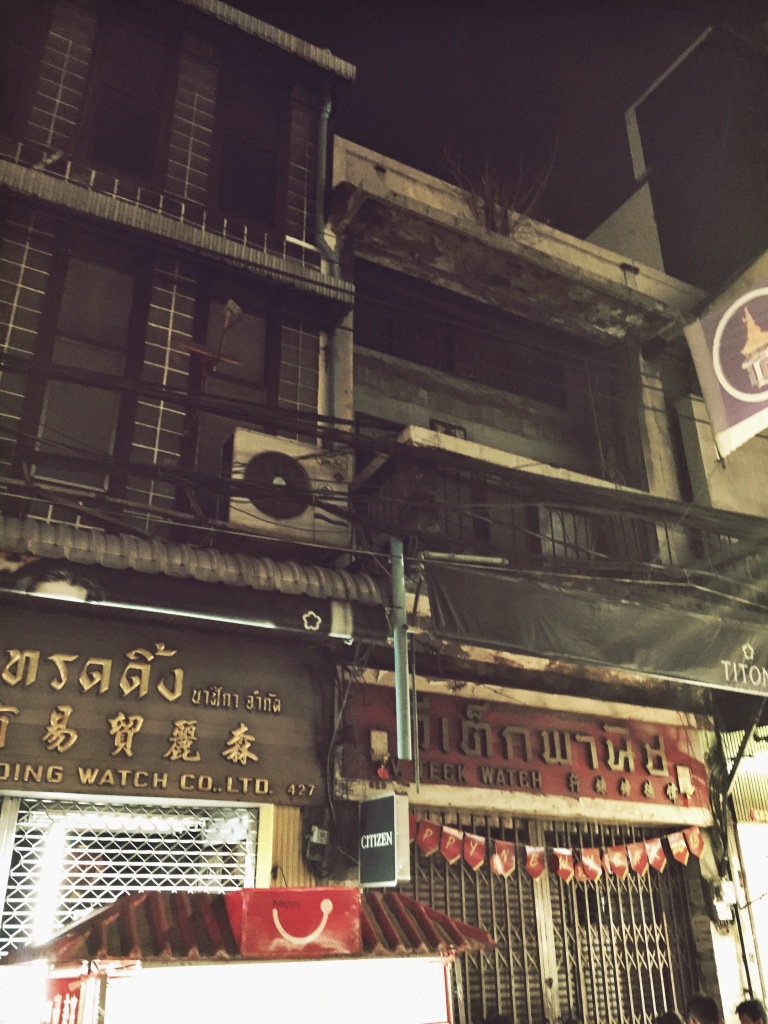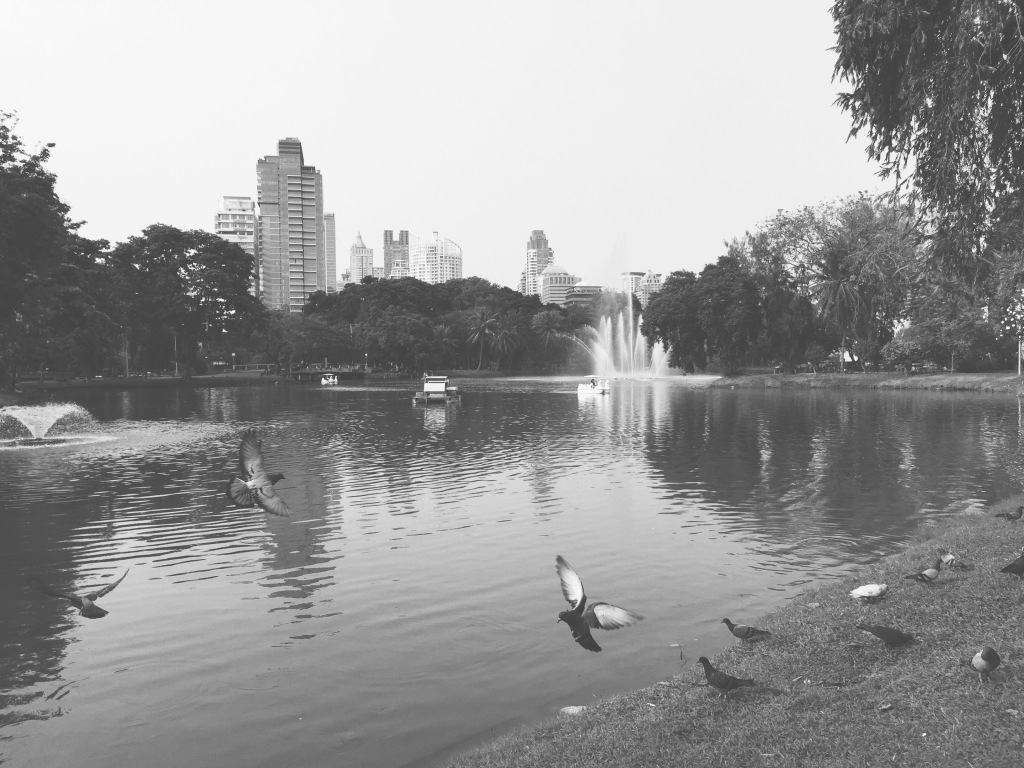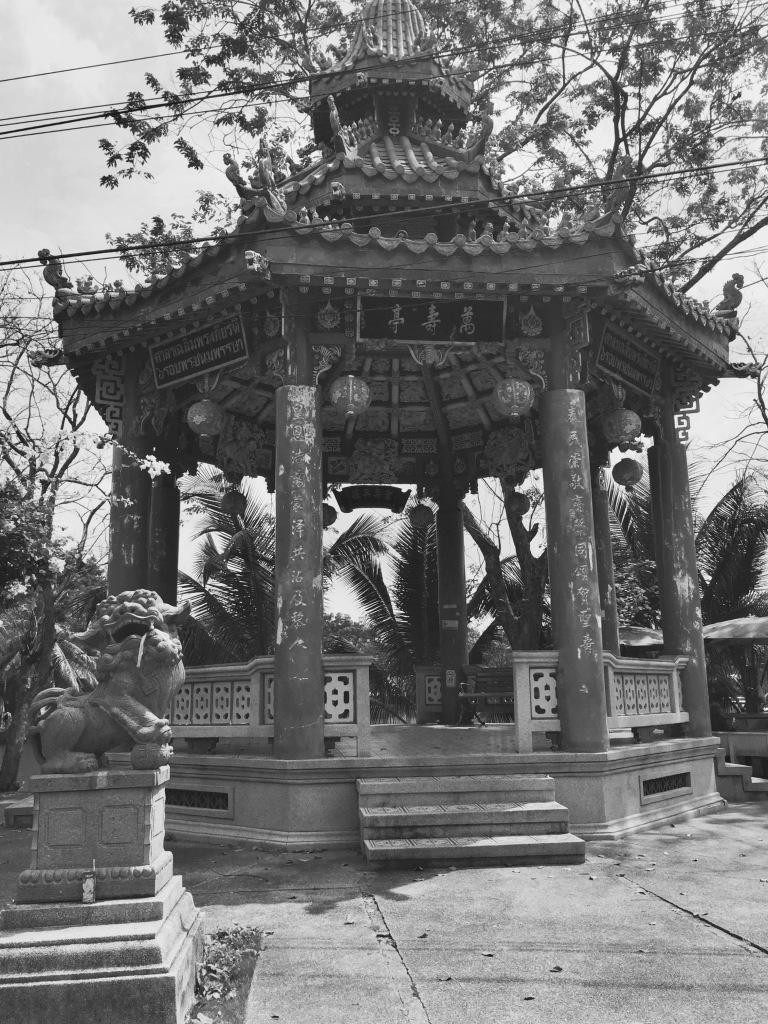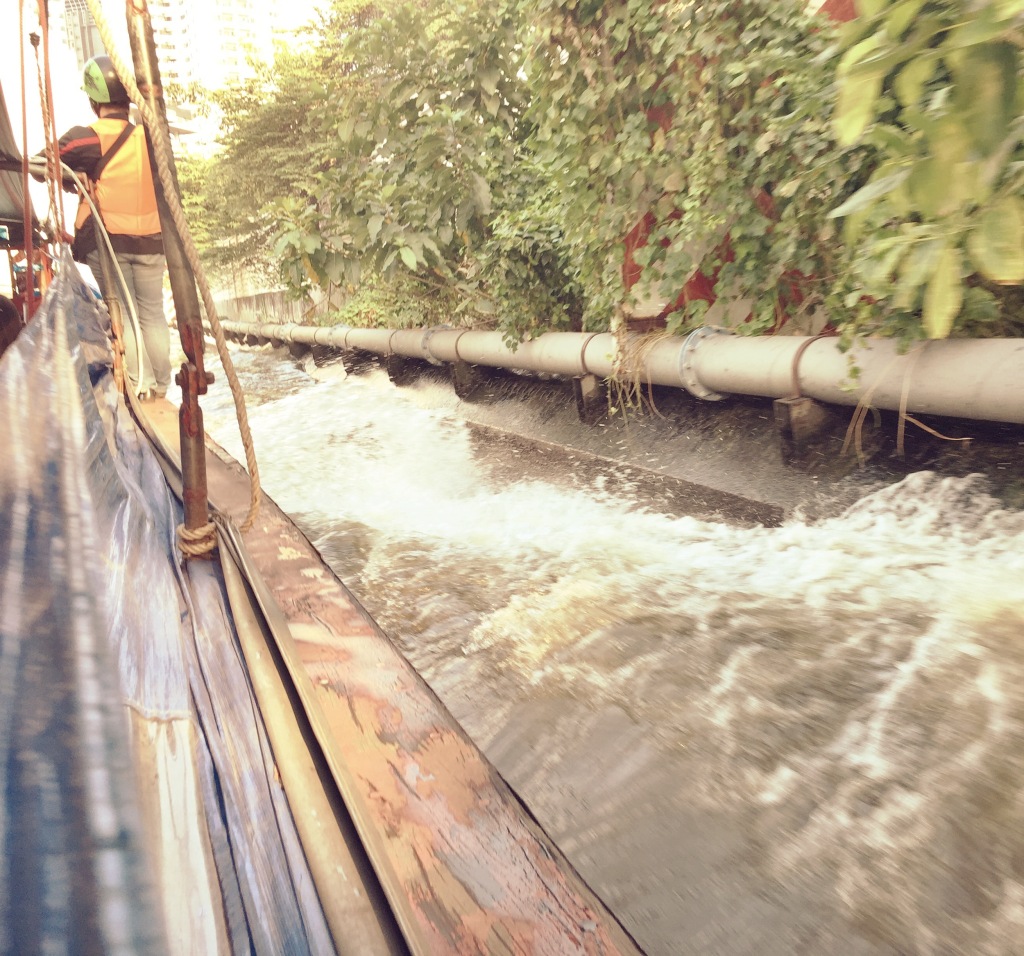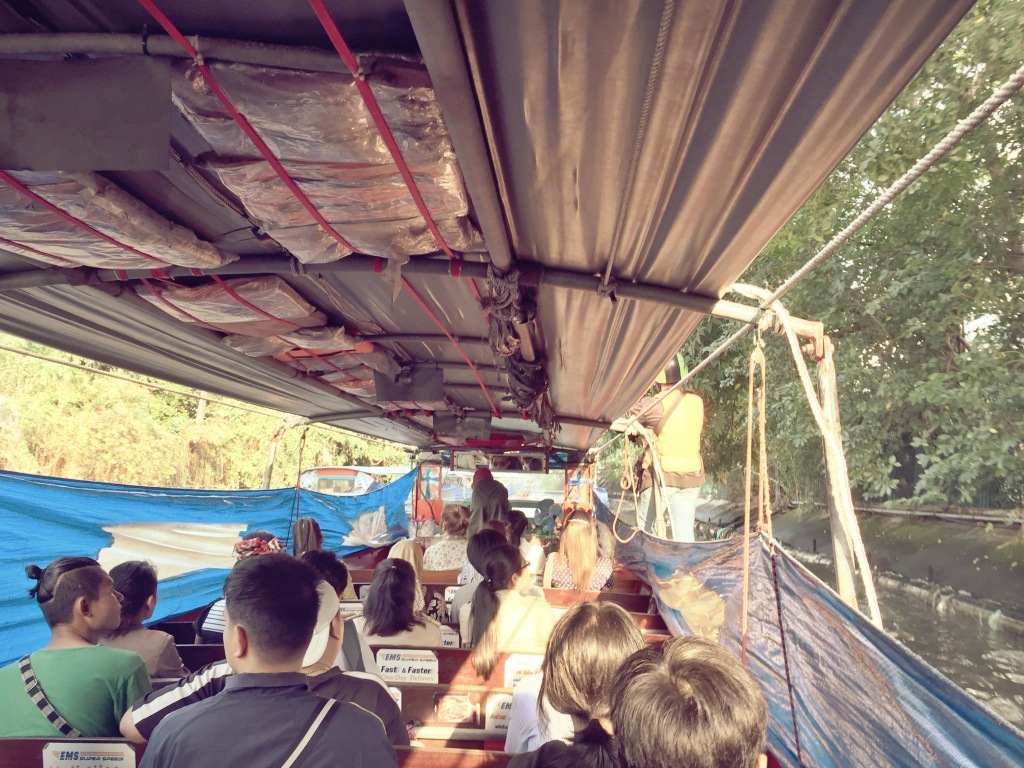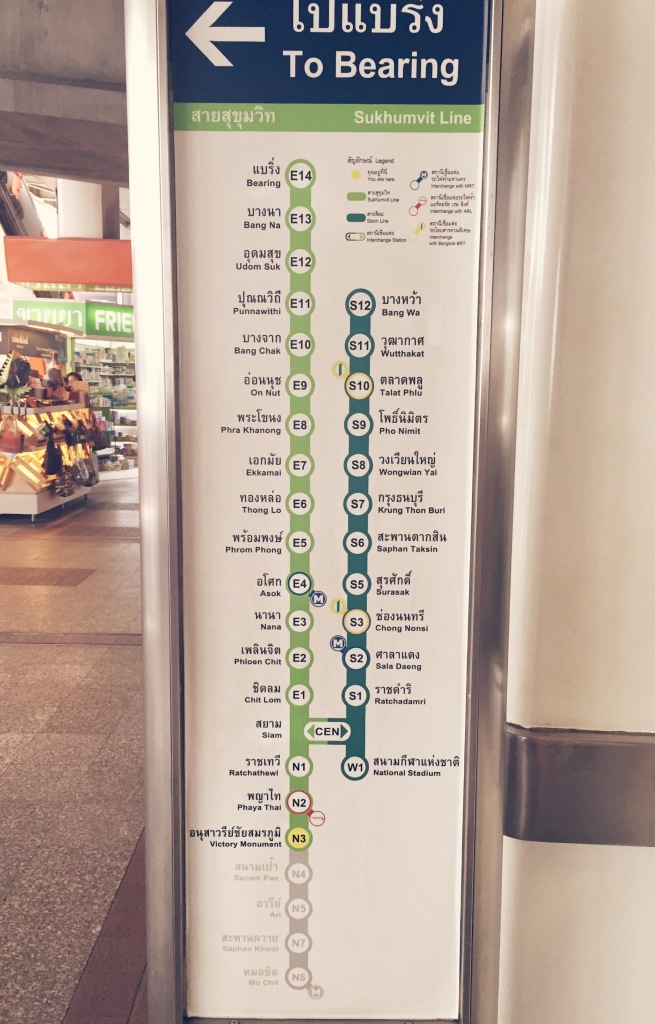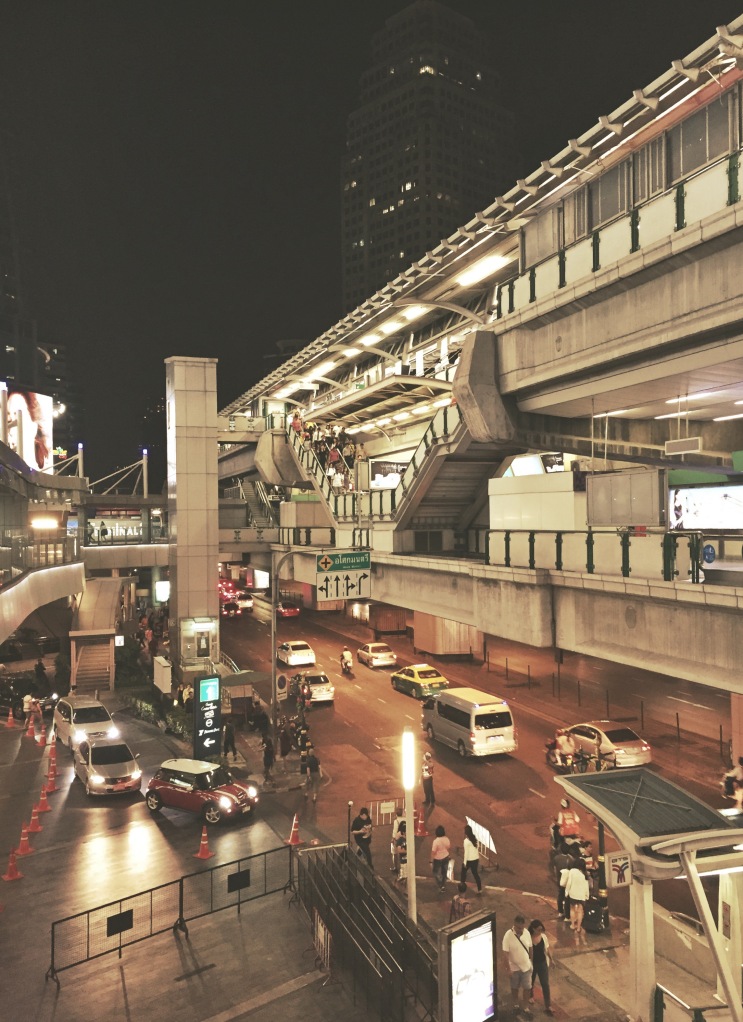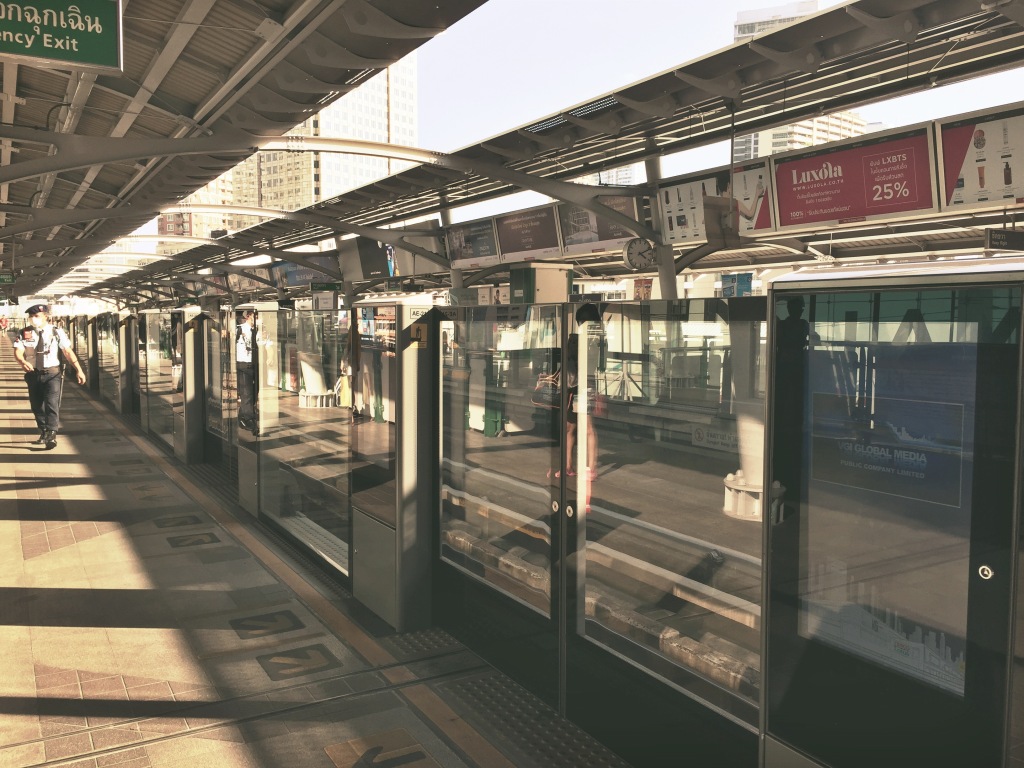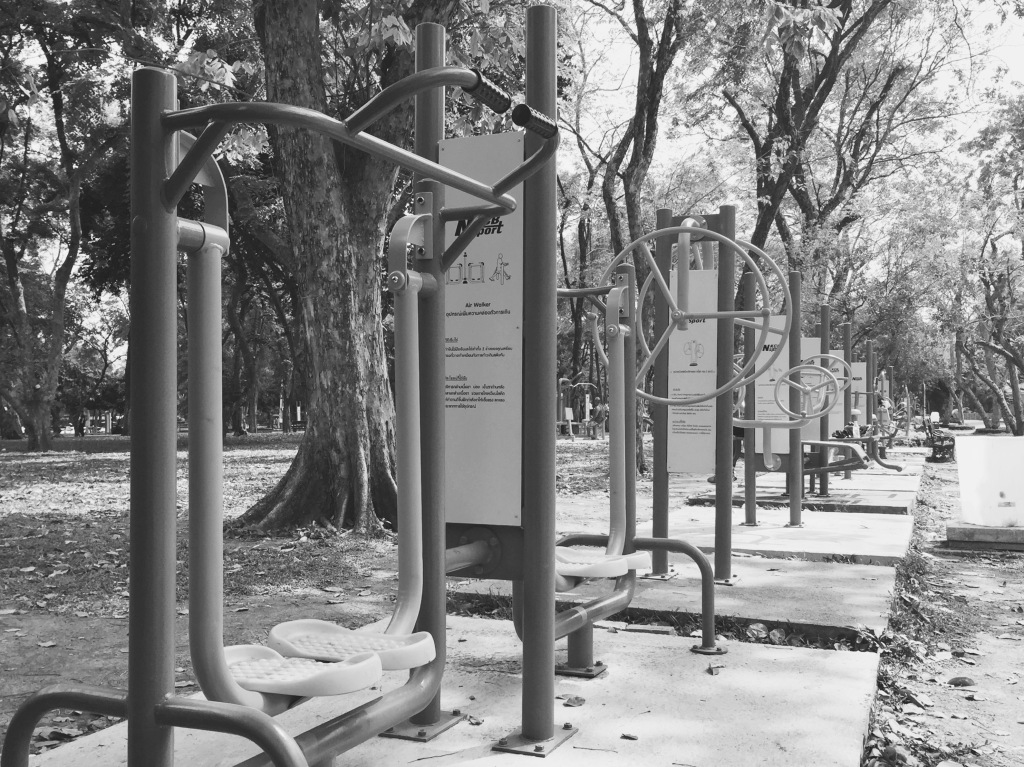When you think of a university, what comes to mind? Education, students, lectures, movies about frats and sororities, and my past five years are what come to mind when I think about it. But on top of that, almost every school has a story behind it. For Brock University, it’s basically about Sir Isaac Brock. This major-general was key to keeping Upper Canada in the War of 1812. In the region, we celebrate this history with statues and features that describe how it has affected life since. But what about Thammasat University? What story does it have, and how has it changed its surrounding area?
In the latter half of the 20th century, Thammasat stood as the meeting ground for many political protests. Bodhi Court was the main site where thousands to hundreds of thousands would gather in the pursuit for democratic rights for Thai people in 1973, 1976, and 1992. This university has made many strides since then, but it is the dark history that shapes the culture of this school – and Thai society. The following paragraphs are just small stories from my experiences of the many features that are showcased to students and visitors on Thammasat University’s Phra Chan campus.

This tree in Bodhi Court is the meeting spot for the many democratic movements in the late 90’s. (Yee, N. (CC), 2015.
It was three months ago, when I sat with my professor thinking of things to write about. We were throwing around ideas that would connect with my rivers and rail theme, and the 1976 massacre at Thammasat University came up. It was an award-winning Pulitzer photo that caught my attention, even though I’ve never been one for dark tourism/history. I knew I had to explore it though, because it provided so much insight into Thailand’s culture. Click here to visit the picture, as well as the massacre story (warning, the image is graphic).
So it was then that I decided to do some research into what happened in 1976, and visit the campus to get a feel for where and how it happened…

Thammasat University not only creates strong students, but holds on to its history in tragedies and struggles to maintain Thailand’s freedom. (Yee, N. (CC), 2015)
As soon as you enter the campus you are greeted with this monument explaining the regrets that there are for younger generations. The students were murdered for voicing their desires for freedom, which was not a excusable choice back then. The images were graphic; showing examples of what happened that day (stabbings, hangings, etc.). This October 6th memorial was created to remember the events that happened in 1976 when pro-democracy protests were held on campus to object the military junta leader return from exile. It was in 1973, that students rose to protest for the exile of the leader in the first place. After a the military group staged a coup d’etat; the military, police, and royalist vigilantes assembled outside of the campus to make sure no protestors would escape. Some escaped through making it past the the assault, while many others could only escape through jumping into the Chao Phraya River. Those who were less fortunate faced punishment, torture, and death. To the military, pro-democracy was easily mistaken for communism, which was not tolerated due to the fear of becoming like Vietnam and Laos.
Although Thailand’s democracy officially began in 1932, it has been a confusing power struggle between the military, monarchy, and democracy. Even today, the events that have been taking place in Bangkok are examples of this fight. It is unclear what the killing established, because there was no winning or losing . Many historians who were around to witness the tragic events have had a difficult time piecing together why the things happened, so many truths that have been sought may never be found as to who is to blame, how many were killed, what the real motive was, etc..
What is clear is that Thammasat believes that whatever history remains must be a part of their culture, and that is evident through the large amounts of monuments and displays.

This bright yellow building is Thammasat’s main office that is the source of their motto. (Yee, N. (CC), 2015)
As you walk further into campus, the one building that stands out is Thammasat’s main building in bright yellow. It was very welcoming, yet empty. This allowed me the time to slowly look at the monuments. Below is one that illustrates Thammasat’s pride in fostering citizens with a voice for morality and fair politics. It is this belief that shows how unity through numbers can make all the difference in uncertain times. For example, prior to 1951 the school was nearly seized by the military because of rebellions that took place around the school. Through student unity they were able to save the university from seizure. It was here that the motto, “united we stand, divided we fall” was used to demonstrate the ideology of the students to ensure the continuation of Thammasat.

When the university faced uncertainties, it is the unity of Thammasat that kept it alive. (Yee, N. (CC), 2015)
After walking around the campus with students that are around the same age as me, it is so hard to believe such a terrible thing could happen. Even worse, that it had to happen to move towards a democratic system. I saw what seemed like first year students walking around, laughing, and giggling right in front of statues with contrastingly gruesome art depicting the massacre. As a visitor, learning for the first time about the darkness that once existed here, I wondered if the students knew what had happened less than 40 years ago. Freedom is something that Thailand is proud of, but sometimes that has not always been the case. And it is a strong reminder – using Thammasat as an example, that freedom always comes at a cost. It is the students who believed in an actionable democratic system that died. It would just be a shame for tis history to be untold to visitors, let alone the students of the university.
Many of the displays around campus have become part of Thammasat’s character, including this wall with writing. I am not able to translate it, but I encourage those who can to describe it. It is just astonishing how beautifully artistic and culturally rich this school is, it is unlike any school I have seen in Canada. This may be due to Thai architecture and modern architecture styles constantly contrasting each other through campus, but it ends up illustrating Thammasat’s history and development through many eras.

The ruins of the Wang Na Wall describes how even through the struggles in the schools history, their foundation is set on royal ground. (Yee, N. (CC), 2015)
Even the Wang Na Wall ruins emphasize the heritage from when the vice-King resided here. Though I found it nearly impossible to walk this path without tripping over the ruins, I still found it amazing how this school retains the cultural heritage that coincides with the development of the Grand Palace. It seems that this school faces an identity crisis, with so many different events taking place here. But, maybe that is how this school should be identified. It has been the catalyst to many important events in Thailand’s history, all while being a grounds for higher education. It has stood the test of time and uncertainty. And still it prospers as one of Southeast Asia’s top schools. Its identity may be all over the place, but is it ever present.
Similarly, these days there is still a struggle in Thailand’s identity where royalists and pro-democratic supporters are still fighting for what they believe in. With constant threats of coups assembling, the uncertainty of where the monarchy will go, and the people fighting for their power, the future of Thailand is one that must be monitored. Bangkok is a world-class tourist destination, but these uncertainties may affect the ability for tourism to exist in a safe and sustainable manner.

Millions of tourists unload near the campus to see the Grand Palace; unaware of the history that Thammasat holds. (Yee, N. (CC), 2015)
To most who visit Bangkok, their travels may be full of bliss due to the unawareness of the struggles that this country has faced in the name of freedom and politics. As I departed the Thammasat campus, I passed by hundred of tourists who were entering and leaving the Grand Palace. The palace provides a wealth of history, but I wish they could visit Thammasat to learn about the tragic events that have happened there, and how much of those struggles are still apparent in today’s Bangkok. It scares me to think where the struggle between royalists and pro-democracy will lead, but for now I can be hopeful in places like Thammasat. This school has a legacy to be told, and after spending the whole afternoon on campus I am grateful to share the dark history and bright future that this school is exemplifies through the buildings, statues, natural features, and information available.
If you are visiting Bangkok and are interested in following the destinations I’ve talked about in my blog visit: Guidetags.com’s Bangkok By River & Rail.
To arrive at the Thammasat University campus, taking the Khlong Saen Saep boat service is recommended.
From Pfanfa Leelard Pier, the westernmost pier, you will head up to the main roads. From there you should see Democracy Monument on Ratchadamnoen Klang Road in the west, follow that direction until you reach Sanam Luang Park. From there use the map marker to find the proper entrance into Thammasat’s campus.
For a deeper look into the dark series of events that ensued on October 6th visit (warning: graphic content): http://www.prachatai.com/english/node/2814
For more information on the events and its impacts visit: http://www2.hawaii.edu/~seassa/explorations/v1n1/art6/v1n1-frame6.html




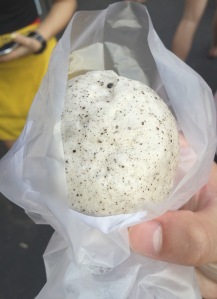 Walking down the alleys proved to be one of the best places to see authentic products. One alley in particular was my favourite because of the beautifully steamed buns that were located about half way down the corridor. With a bunch of different fillings, the black sesame was heavenly. Unlike in a lot of places in Toronto where I’ve gotten buns, this shop loaded them with the right amount of fillings (lots). The charcoal black filling is a testament of the rich, well blended black sesame. In Chinese culture, it is used because of its health-promoting and anti-aging benefits, so you and I don’t have to feel guilty for eating one… two… three, or how ever many, right? These alleys are pretty easy to find, but the narrow way can be missed. I suggest looking for locals and tourists filing down passageways to find popular alleys and shops. Then prepare to be in awe of the quantity of Chinese goods. Here is a pinpoint of where my favourite bun place is:
Walking down the alleys proved to be one of the best places to see authentic products. One alley in particular was my favourite because of the beautifully steamed buns that were located about half way down the corridor. With a bunch of different fillings, the black sesame was heavenly. Unlike in a lot of places in Toronto where I’ve gotten buns, this shop loaded them with the right amount of fillings (lots). The charcoal black filling is a testament of the rich, well blended black sesame. In Chinese culture, it is used because of its health-promoting and anti-aging benefits, so you and I don’t have to feel guilty for eating one… two… three, or how ever many, right? These alleys are pretty easy to find, but the narrow way can be missed. I suggest looking for locals and tourists filing down passageways to find popular alleys and shops. Then prepare to be in awe of the quantity of Chinese goods. Here is a pinpoint of where my favourite bun place is:
